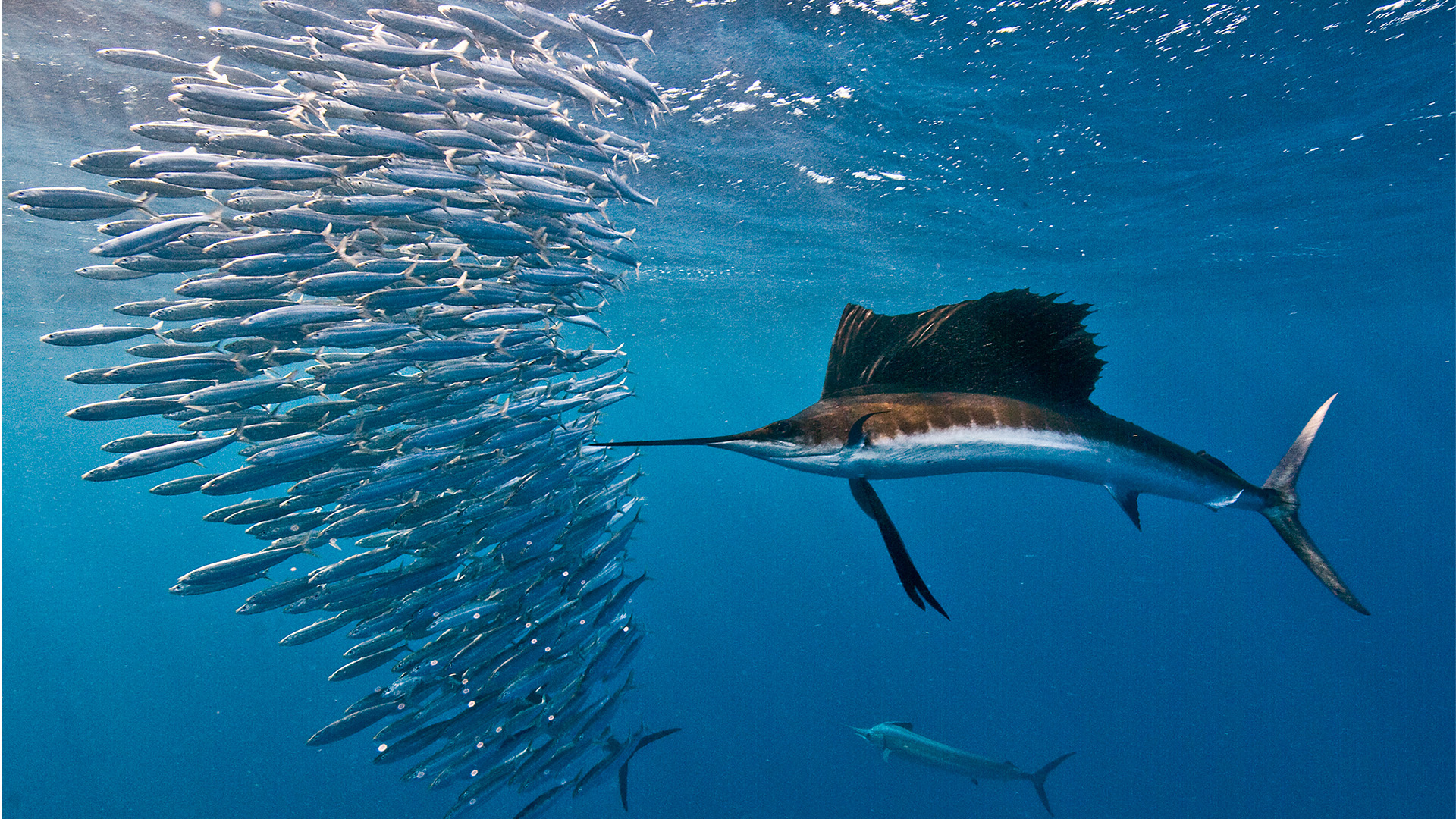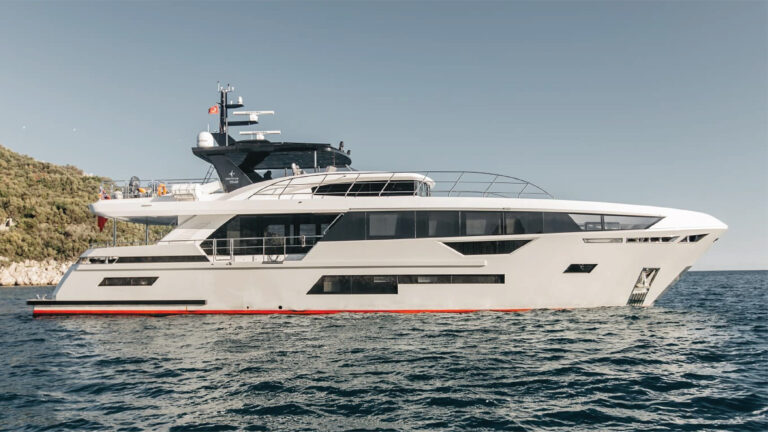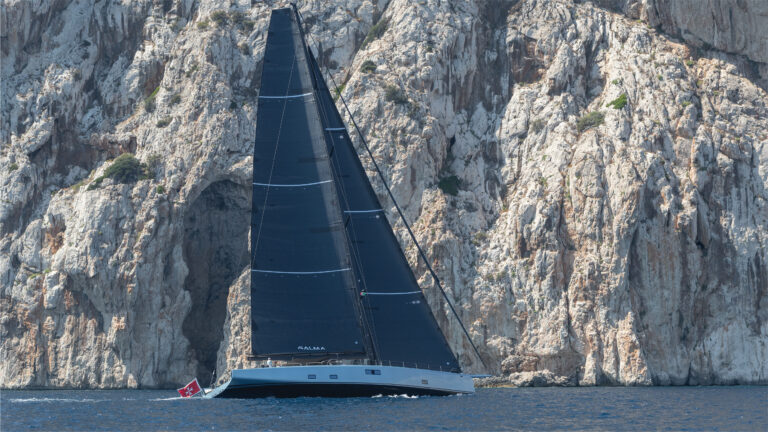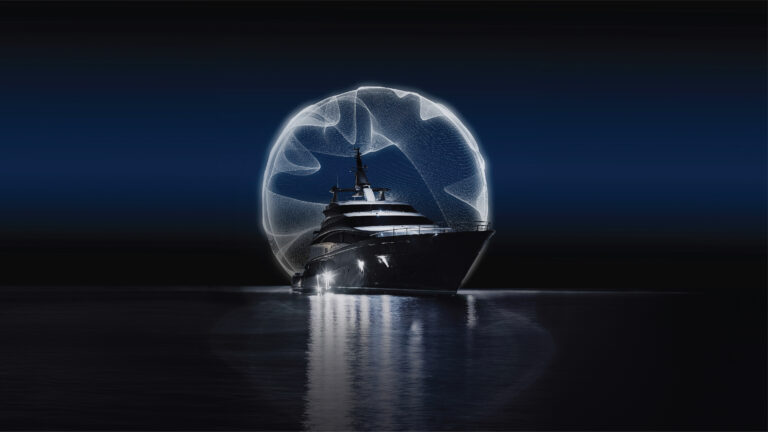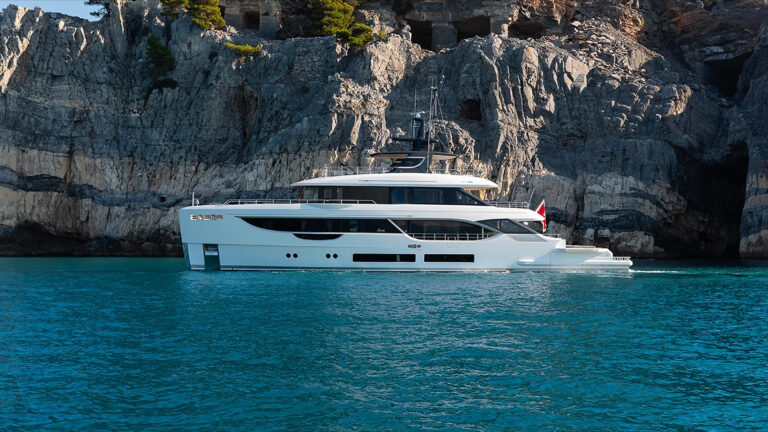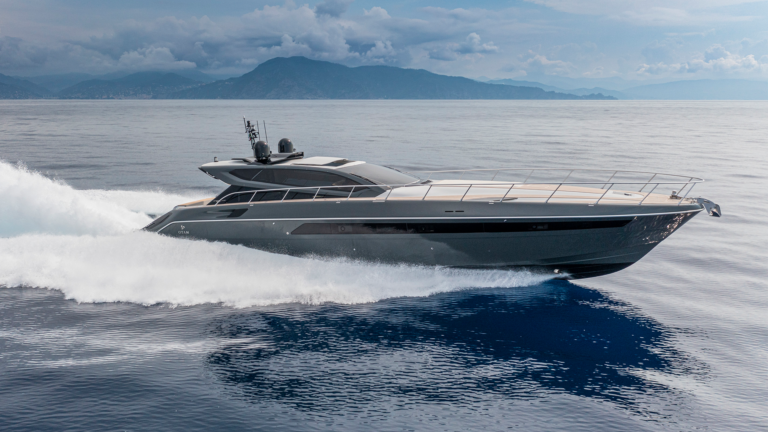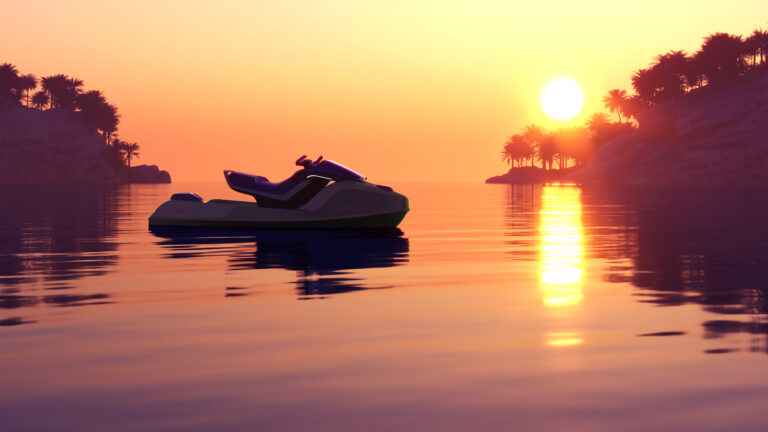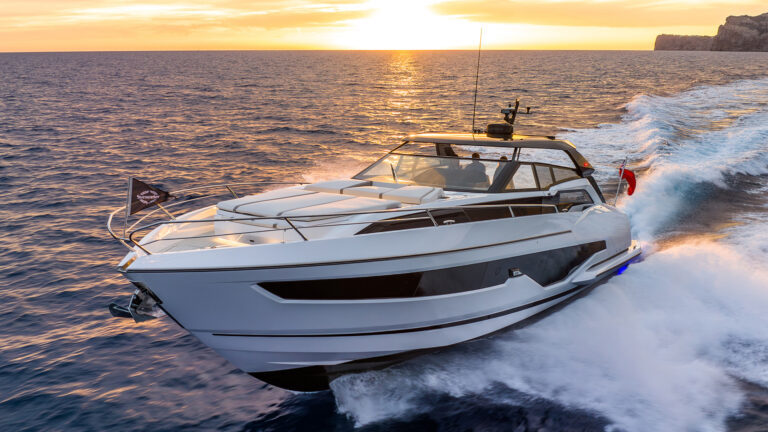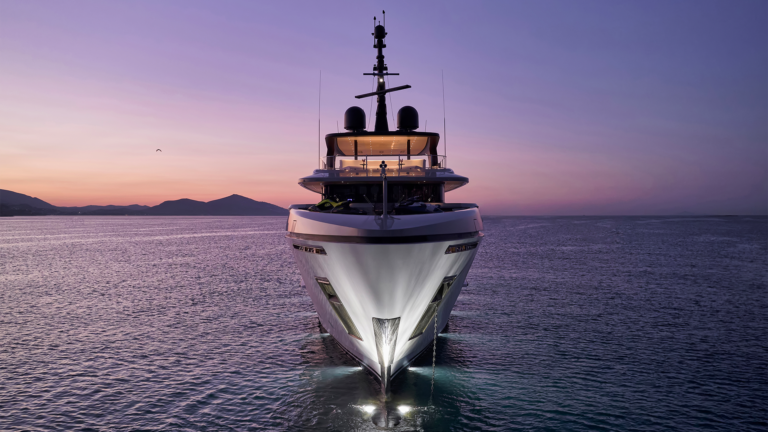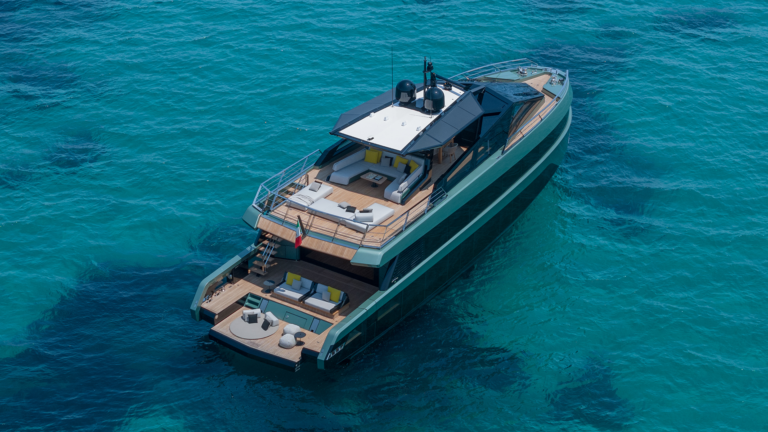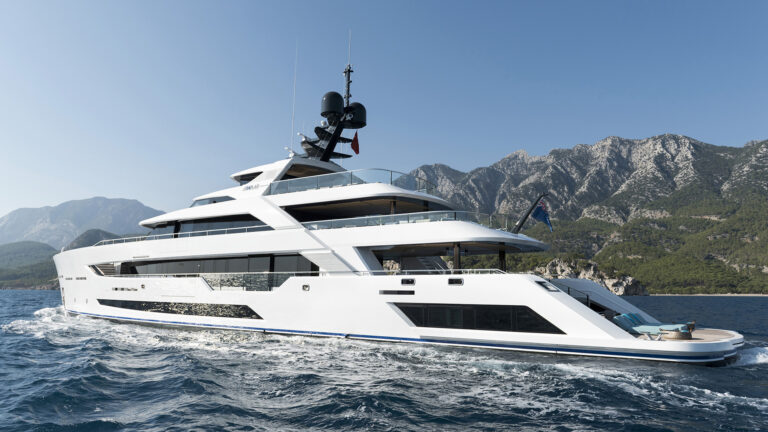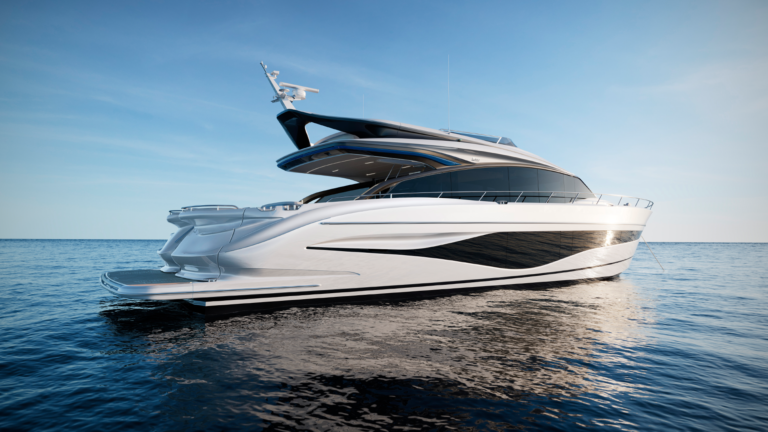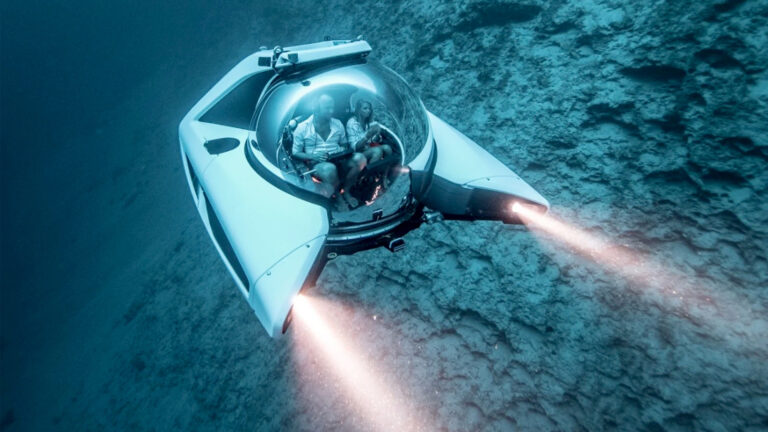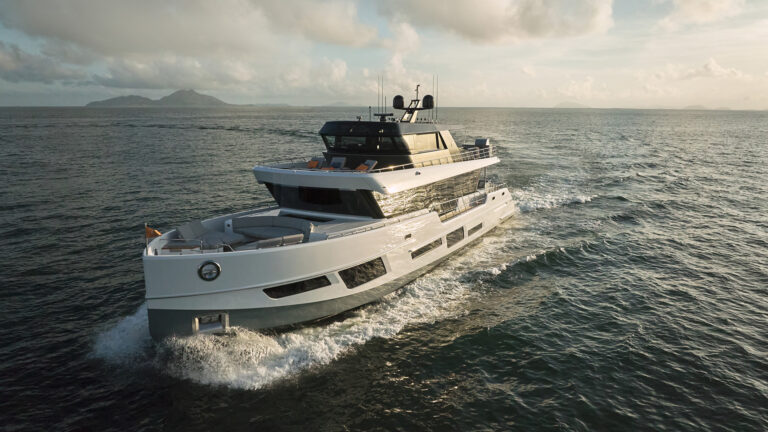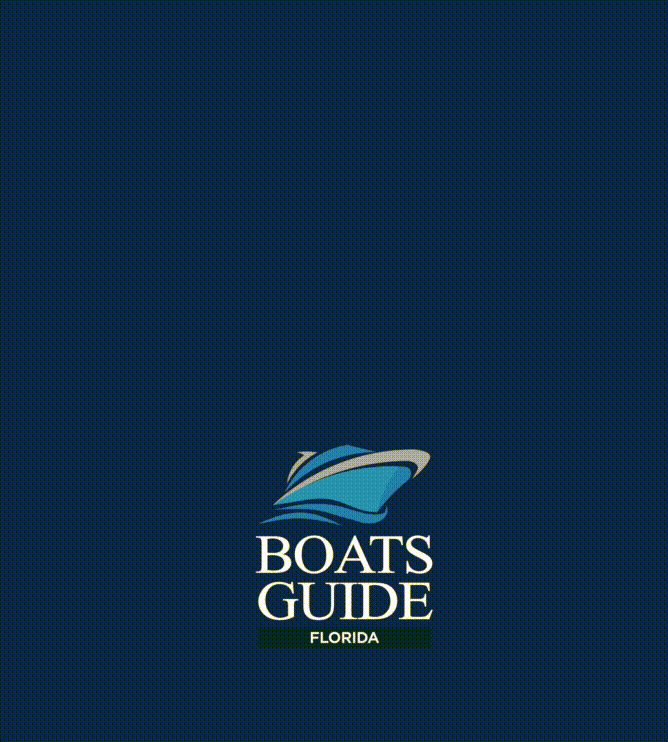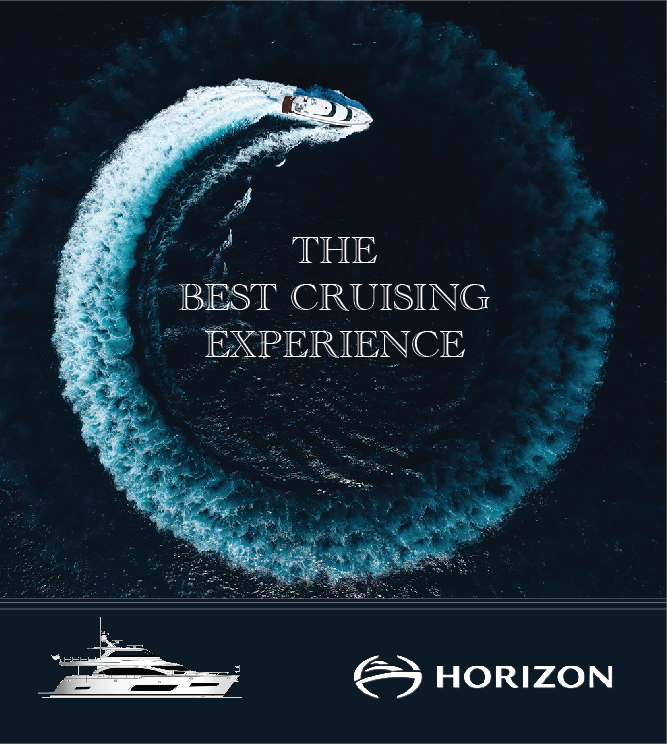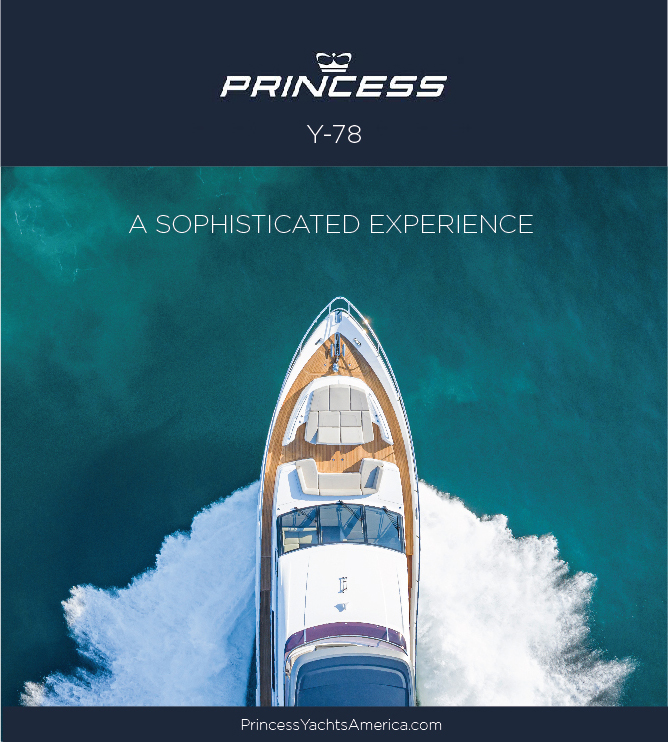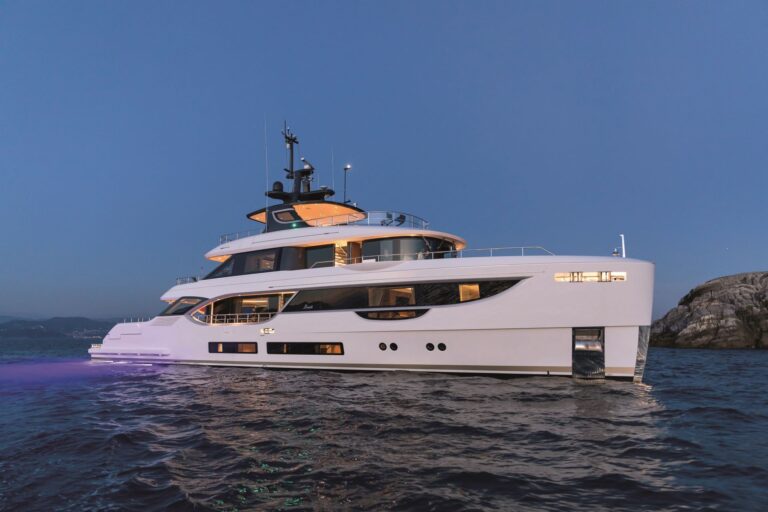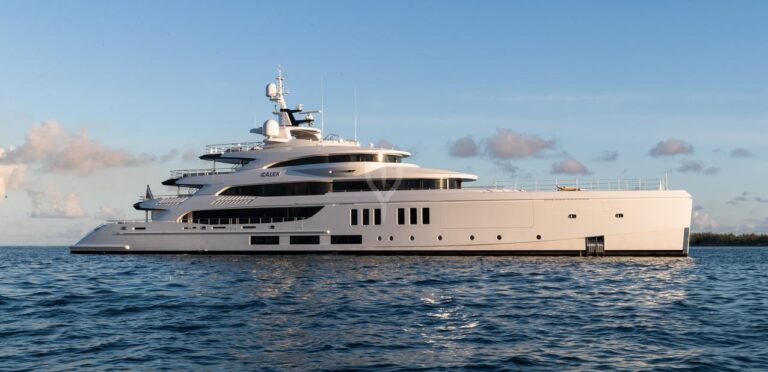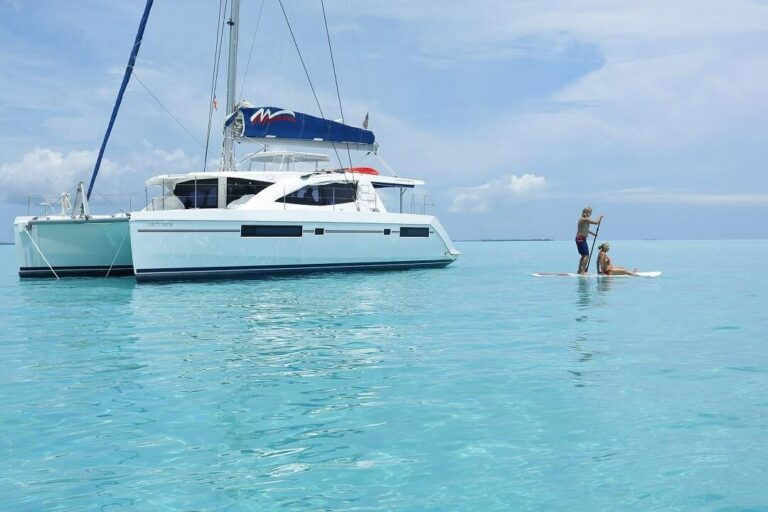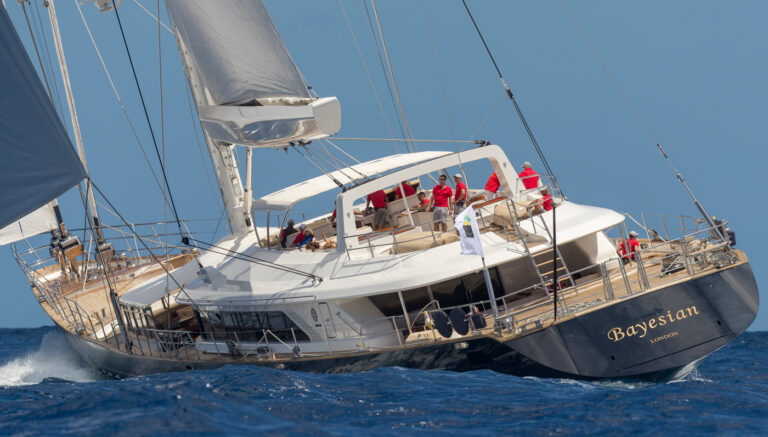While the best fishing season in Florida is spring, winter is also a sensational destination for fishing enthusiasts. Its pleasant climate makes it possible to practice the sport all year round. Remember that in Florida, most people must have a license to participate in fishing activities in the state. Even if you catch and release, you still need a permit. Although there are several exceptions to this rule, it is important to know not only if you need a license in your case but also the regulations that apply to sport fishing in terms of closed seasons, species, and/or sizes that you must return to the water and other laws. You can find everything you need to know about it at the following link: https://myfwc.com/fishing/saltwater/recreational
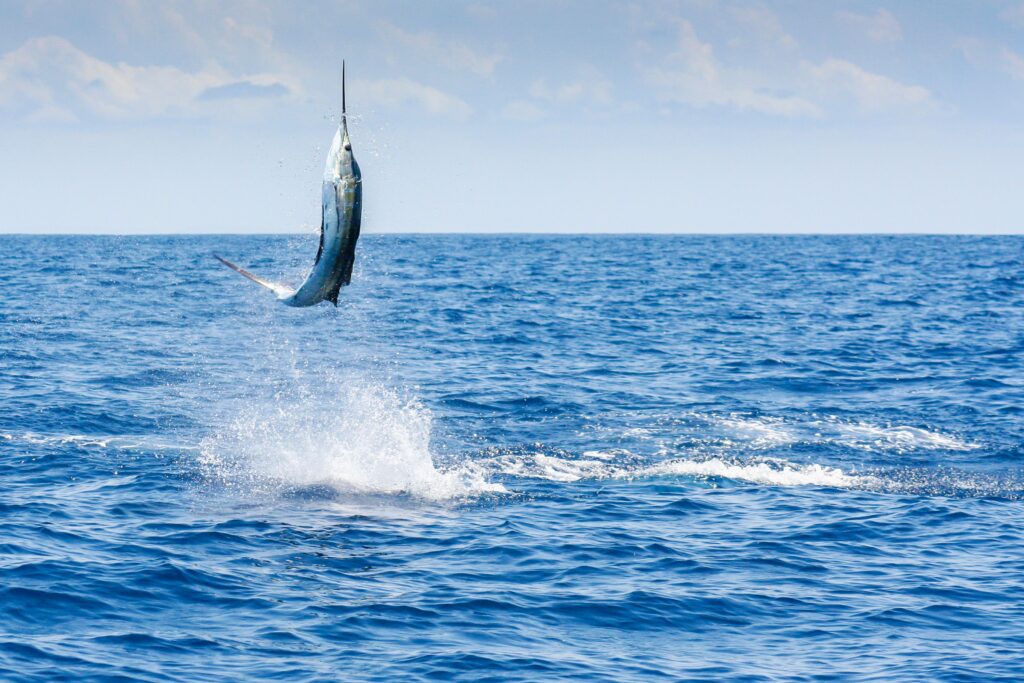
If you plan a winter fishing trip to Florida, here are some saltwater fish species that are perfect and fun targets to aim for.
SAILFISH
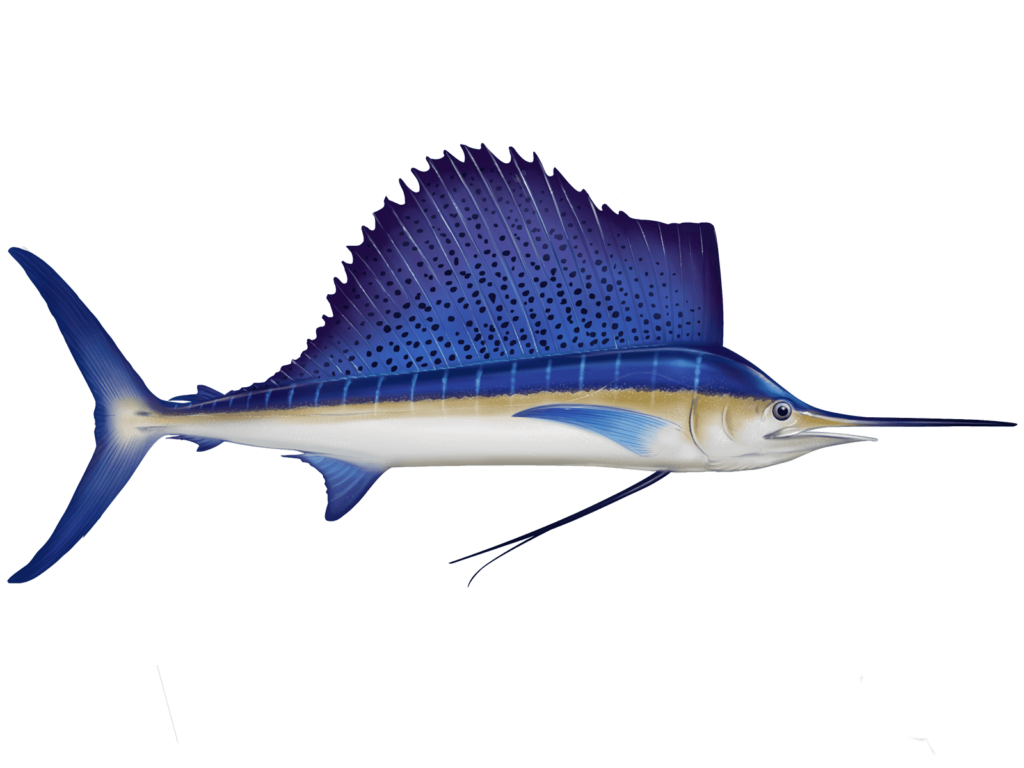 The Atlantic sailfish is a highly sought-after fish by anglers due to its fighting style. They are strong and have great stamina; they are also known to dive and jump repeatedly out of the water during a fight. Remember to conserve your strength when fishing this fish. Set up your gear to sink to depths of 30 to 65 feet, and let your boat drift slowly so the fish can swim freely. The sailfish has a metallic blue-gray color with a majestic dorsal fin shaped like a sail, and like other marlins, it has a bill-shaped snout. They are close relatives of the swordfish and barracudas. The Atlantic sailfish is a carnivorous species that likes to hunt schools of fish, such as sardines, anchovies, and mackerel. They are also known to feed on squids and crustaceans. It is considered the fastest fish in the world, although many scientists deny the speed attributed to it of 68 mph since it was recorded when jumping out of the water. Beyond the controversy, it remains one of the fastest fish in the world. These fish have a particular nervous system for changing their colors. They use it to communicate with other sailfish when hunting. They can change from blue, black, and stripes. The best place to fish for the Atlantic sailfish is during the winter in South Florida.
The Atlantic sailfish is a highly sought-after fish by anglers due to its fighting style. They are strong and have great stamina; they are also known to dive and jump repeatedly out of the water during a fight. Remember to conserve your strength when fishing this fish. Set up your gear to sink to depths of 30 to 65 feet, and let your boat drift slowly so the fish can swim freely. The sailfish has a metallic blue-gray color with a majestic dorsal fin shaped like a sail, and like other marlins, it has a bill-shaped snout. They are close relatives of the swordfish and barracudas. The Atlantic sailfish is a carnivorous species that likes to hunt schools of fish, such as sardines, anchovies, and mackerel. They are also known to feed on squids and crustaceans. It is considered the fastest fish in the world, although many scientists deny the speed attributed to it of 68 mph since it was recorded when jumping out of the water. Beyond the controversy, it remains one of the fastest fish in the world. These fish have a particular nervous system for changing their colors. They use it to communicate with other sailfish when hunting. They can change from blue, black, and stripes. The best place to fish for the Atlantic sailfish is during the winter in South Florida.
Catching this huge sport fish only a mile off the coast is quite surprising. You must sail between 20 and 30 miles offshore in most places worldwide to see this elusive species. But in South Florida, the continental shelf drops very quickly. A mile from the coast, we already have 100 feet of depth. At two miles, we are at 600 feet. The Florida Strait current, called Gulfstream, pushes the water northward with an epic force of 3 to 4 knots, crossing this slope and creating a channel about two miles wide where 90% of the sailfish migrate. This water column from North Miami Beach to Fort Pierce is called Sailfish Alley. This area is full of predatory fish such as bigeye, herring, sardines, bonitos, blue runners, speedo mackerel, and puro fish, among others. This abundance of food is why the sailfish and other big game fish patrol these waters in search of their next meal.
SHEEPSHEAD
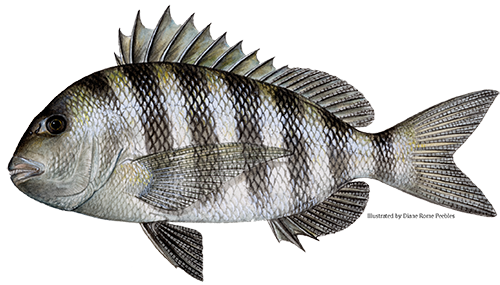 The Sheepshead is a member of the snapper family; the “sheepshead” usually migrates to coastal waters from November to February. They can often be found near docks, pilings, boardwalks, and places with a high concentration of oysters. Use a size one hook (smaller hooks work better as the Sheepshead has a small mouth and are notorious bait thieves). Use shrimp, a small crab, or barnacles as bait. For identification, they have a deep and compressed body shape, with five or six dark bars on the sides of the body on a gray background. They have sharp dorsal spines and a hard mouth with several rows of solid teeth (the front ones look a lot like human teeth) that help crush the shells of their prey.
The Sheepshead is a member of the snapper family; the “sheepshead” usually migrates to coastal waters from November to February. They can often be found near docks, pilings, boardwalks, and places with a high concentration of oysters. Use a size one hook (smaller hooks work better as the Sheepshead has a small mouth and are notorious bait thieves). Use shrimp, a small crab, or barnacles as bait. For identification, they have a deep and compressed body shape, with five or six dark bars on the sides of the body on a gray background. They have sharp dorsal spines and a hard mouth with several rows of solid teeth (the front ones look a lot like human teeth) that help crush the shells of their prey.
SPOTTED SEATROUT
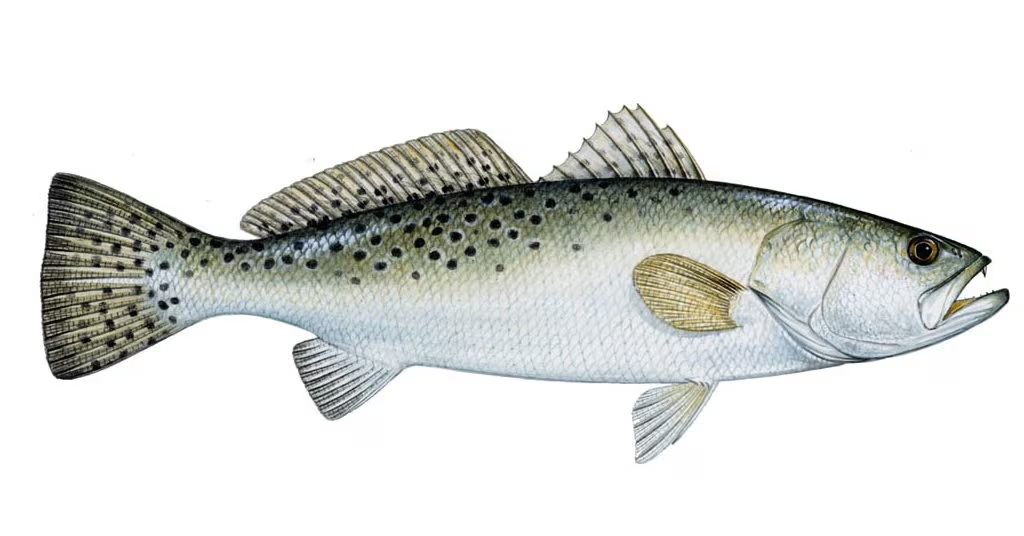 The clarity of the water in estuary environments reaches its peak during the coldest months of the year, making it easier to locate spotted seattops on grassy seabeds near sandy patches. One of the best gear for winter trout fishing is a soft plastic shrimp lure with a 15 to 20-pound fluorocarbon leader under a float. The spotted seatrout is silver with a rainbow-like tone and a back covered in black spots. One of the most distinctive features is the canine teeth of the spotted seatrout. They are very sharp and could cause an unpleasant bite if one catches you. The spotted seatrout has a soft dorsal fin with scales. Its spiny dorsal fin is separated by a notch and has two anal spines that run along the lateral line and extend to the caudal fin. If you fish for trout in saltier waters, you will often find that they have a more golden color.
The clarity of the water in estuary environments reaches its peak during the coldest months of the year, making it easier to locate spotted seattops on grassy seabeds near sandy patches. One of the best gear for winter trout fishing is a soft plastic shrimp lure with a 15 to 20-pound fluorocarbon leader under a float. The spotted seatrout is silver with a rainbow-like tone and a back covered in black spots. One of the most distinctive features is the canine teeth of the spotted seatrout. They are very sharp and could cause an unpleasant bite if one catches you. The spotted seatrout has a soft dorsal fin with scales. Its spiny dorsal fin is separated by a notch and has two anal spines that run along the lateral line and extend to the caudal fin. If you fish for trout in saltier waters, you will often find that they have a more golden color.
REDFISH
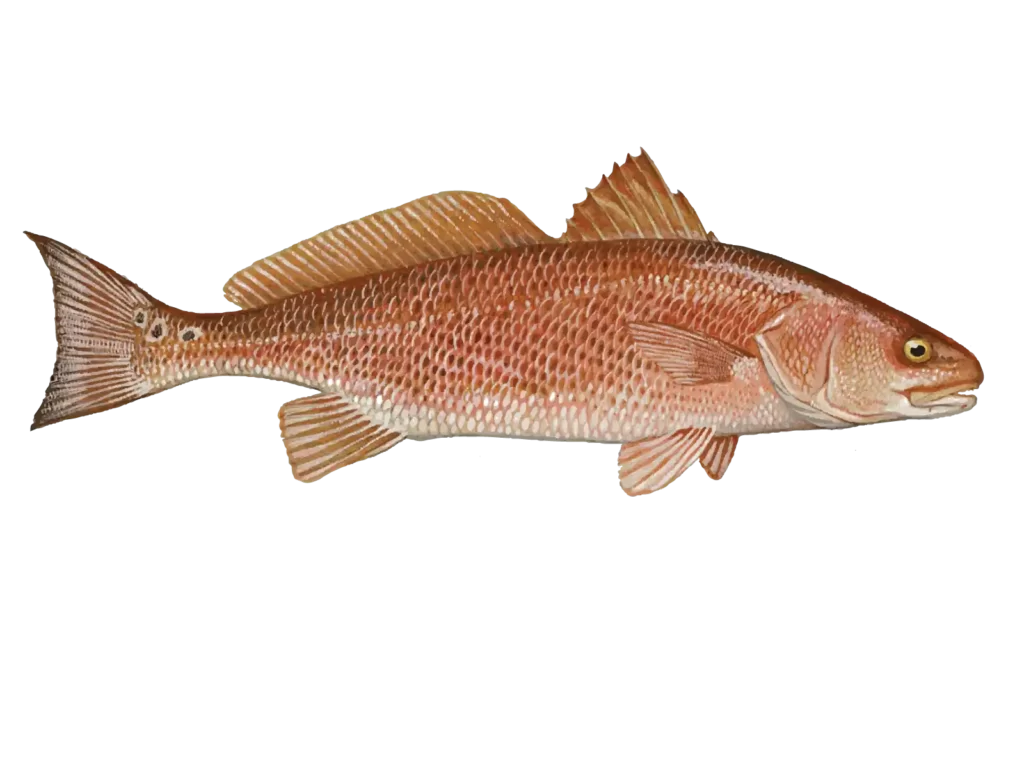 The Redfish inhabits the coastal waters of the Atlantic Ocean. It prefers very shallow waters, from 1 to 4 feet, and can be found in waters so shallow that their backs are exposed above the waterline. The fish also prefers to reside in bays, oyster reefs, coves, and lagoons, around seagrasses and other natural vegetation. They can be found on all bottoms, but they prefer muddy bottoms. You can use a soft plastic shrimp as a lure or try the Ned rig, which is more commonly used for winter bass fishing but works just as well for fishing for Redfish during the year’s colder months. The Redfish can vary in size depending on the location: the largest are found offshore, and the smaller ones are closer to the coast. This species reaches full maturity in a period of 3 to 5 years and, at that time, the average size is around 28 inches for males and 33 inches for females, but it is capable of growing much larger up to the range of 45 inches and can weigh up to 50 pounds.
The Redfish inhabits the coastal waters of the Atlantic Ocean. It prefers very shallow waters, from 1 to 4 feet, and can be found in waters so shallow that their backs are exposed above the waterline. The fish also prefers to reside in bays, oyster reefs, coves, and lagoons, around seagrasses and other natural vegetation. They can be found on all bottoms, but they prefer muddy bottoms. You can use a soft plastic shrimp as a lure or try the Ned rig, which is more commonly used for winter bass fishing but works just as well for fishing for Redfish during the year’s colder months. The Redfish can vary in size depending on the location: the largest are found offshore, and the smaller ones are closer to the coast. This species reaches full maturity in a period of 3 to 5 years and, at that time, the average size is around 28 inches for males and 33 inches for females, but it is capable of growing much larger up to the range of 45 inches and can weigh up to 50 pounds.
POMPANO
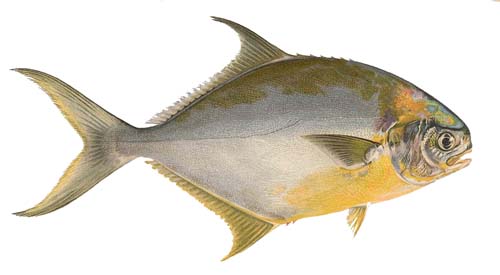 As a highly migratory species, the Pompano can be found moving up and down the Florida coasts in search of water temperatures between 70 and 80 degrees. In the warmer months, they move to the northern areas, and in the winter, they migrate to the southern areas. Pompano spawns in deeper waters from spring to late fall. Young pompanos can live in areas with lower salt levels, such as swamps, while mature pompanos prefer coastal waters. The best place to fish for them is near the shore. Fishermen generally use light tackle fishing on the beach and pier. Look for these fish in estuaries, bays, docks, sandy plains, and on sloping coasts with sandy or muddy bottoms. When fishing for Pompano, pay attention to the tides. The best times to catch them are when the tides rise or fall. Look for areas with rip currents or areas where there are deep “holes” in the sandbanks. When fishing from the beach or shore in winter, try casting shrimp-tipped jigs into the surf using a light spinning rod.
As a highly migratory species, the Pompano can be found moving up and down the Florida coasts in search of water temperatures between 70 and 80 degrees. In the warmer months, they move to the northern areas, and in the winter, they migrate to the southern areas. Pompano spawns in deeper waters from spring to late fall. Young pompanos can live in areas with lower salt levels, such as swamps, while mature pompanos prefer coastal waters. The best place to fish for them is near the shore. Fishermen generally use light tackle fishing on the beach and pier. Look for these fish in estuaries, bays, docks, sandy plains, and on sloping coasts with sandy or muddy bottoms. When fishing for Pompano, pay attention to the tides. The best times to catch them are when the tides rise or fall. Look for areas with rip currents or areas where there are deep “holes” in the sandbanks. When fishing from the beach or shore in winter, try casting shrimp-tipped jigs into the surf using a light spinning rod.
BLACK DRUM
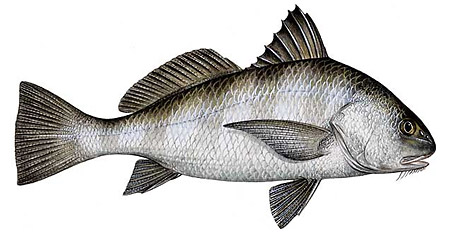 It is similar to the Redfish or Redfish in shape but is generally distinguished by color. It has vertical black stripes on the sides of a dark white color. The stripes fade with age, and the adult Black Drum is usually blackish above and white below, although some develop a decidedly tan hue. The Black Drum can be targeted in bays or estuaries around rocks, deep wells, pilings, and offshore structures near mud, sand, or shell bottoms. Use shrimp or blue crabs on a conventional bottom rig with a 1/0 or 2/0 circle hook to match the size of the bait.
It is similar to the Redfish or Redfish in shape but is generally distinguished by color. It has vertical black stripes on the sides of a dark white color. The stripes fade with age, and the adult Black Drum is usually blackish above and white below, although some develop a decidedly tan hue. The Black Drum can be targeted in bays or estuaries around rocks, deep wells, pilings, and offshore structures near mud, sand, or shell bottoms. Use shrimp or blue crabs on a conventional bottom rig with a 1/0 or 2/0 circle hook to match the size of the bait.
TRIPLETAIL
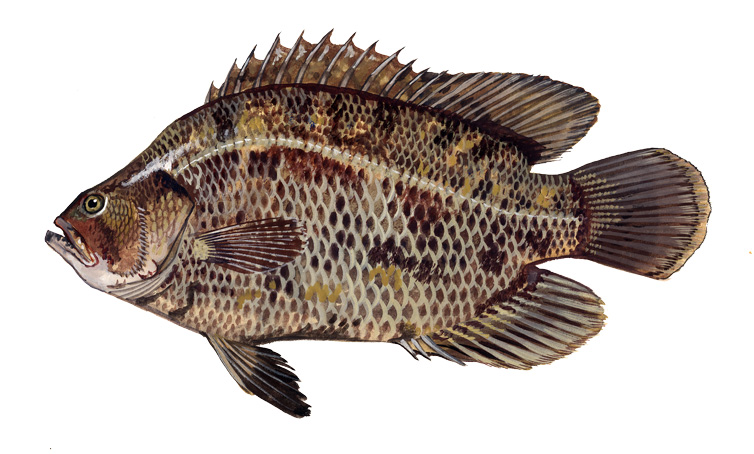 The Atlantic Tripletail, commonly known as Tripletail, is a medium-sized saltwater fish. It has an olive color mixed with dark or white spots. It has a large, round body with small eyes. Its caudal fin is round, and both its anal and rear dorsal fin are round, extending toward the rear. The appearance of the rear dorsal fin and the anal fin is the same as the caudal fin, hence the name “tripletail.” It can measure up to 3 feet long and weigh up to 40 pounds. Although, on average, they are only 18 inches long and weigh between 2 and 13 pounds. The “tripletail” is an opportunistic carnivorous fish. It is known to eat shrimp, crabs, and fish. They are found near the coast and offshore from central to south Florida. They are most often seen around channel markers and crab trap buoys.
The Atlantic Tripletail, commonly known as Tripletail, is a medium-sized saltwater fish. It has an olive color mixed with dark or white spots. It has a large, round body with small eyes. Its caudal fin is round, and both its anal and rear dorsal fin are round, extending toward the rear. The appearance of the rear dorsal fin and the anal fin is the same as the caudal fin, hence the name “tripletail.” It can measure up to 3 feet long and weigh up to 40 pounds. Although, on average, they are only 18 inches long and weigh between 2 and 13 pounds. The “tripletail” is an opportunistic carnivorous fish. It is known to eat shrimp, crabs, and fish. They are found near the coast and offshore from central to south Florida. They are most often seen around channel markers and crab trap buoys.
If you were wondering what fish you can catch in winter on a trip to South Florida, now you know some species you can fish for. This time of year offers the best chances of catching your desired big game species.
Check restrictions and regulations by species established by the Florida Fish and Wildlife Conservation Commission: https://myfwc.com/media/20441/quickchart.pdf

